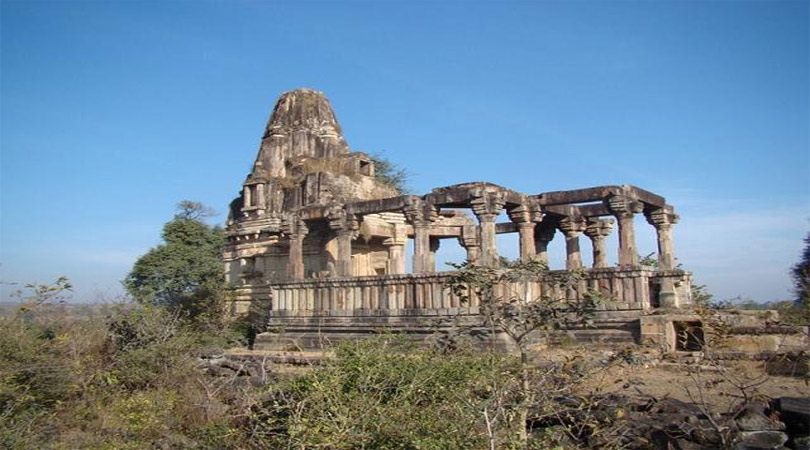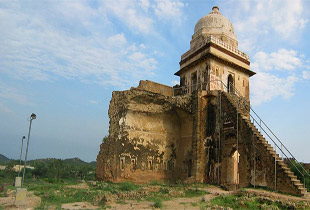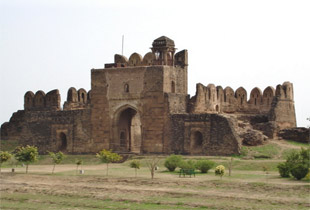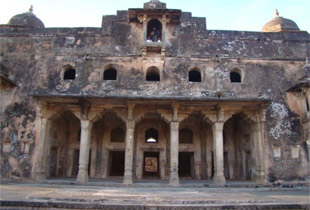Rohtas, India
Rohtas has been a part of various great empires in different instance of the history. The history of the city starts from the pre-historic era. Consequently, it is relatively natural that the place is home to a number of historical monuments related to some of the greatest rulers of India. The district of Rohtas enjoys an interesting history and becomes one of the top places to be visited in Bihar. People enjoying the historical information can book Rohtas holiday packages and explore various important things of their choice.


Summer
Mid-March - end June
Temperature:22°C- 39°C

Monsoons
June - end September
Annual rainfall -250 cm-325 cm

Winter
Late November To Mid-February
Temperature:18°C-29°C
Shershah Mausoleum:
Situated in the western outskirts of Sasaram, the mausoleum is situated within a large excavated lake. Hexagonal in shape, this beautiful mausoleum is built using sandstones.
Tomb of Hasan Khan Sur:
Also known as Sukha Rauza, it is located in the heart of the Sasaram town. This is the mausoleum of Sher Shah Suri's father and an excellent example of Afghani architecture.
Rohtasgarh/Rohtas Fort:
Situated along the western bank of Sone River, Rohtasgarh Fort is an important destination of the district. The fort has been named after prince Rohitashva, the son of the famous Puranic King Harishchandra. Inside the fort, you can come across important structures like Baradari, Rang Mahal, Shish Mahal, Phool Mahal and a grave of a saint.
Chaurasan Mandir:
This is a temple of Lord Shiva, which is just 1 km from away from Rohtas Fort. This place is also known as Bawan Talab due to being surrounded by 52 Ponds in past.
Tomb of Chandan Shaheed:
Situated on the peak of the Chandan Shaheed hill, this tomb was constructed during the reign of Mughal ruler Jehangir.
Tara Chandi Hill:
Situated 1 km away from Chandan Sheed Hill, Tara Chandi Hill is named after a local goddess Tara Chandi. An image of the goddess is craved over a rock and worshipped by the local people.






